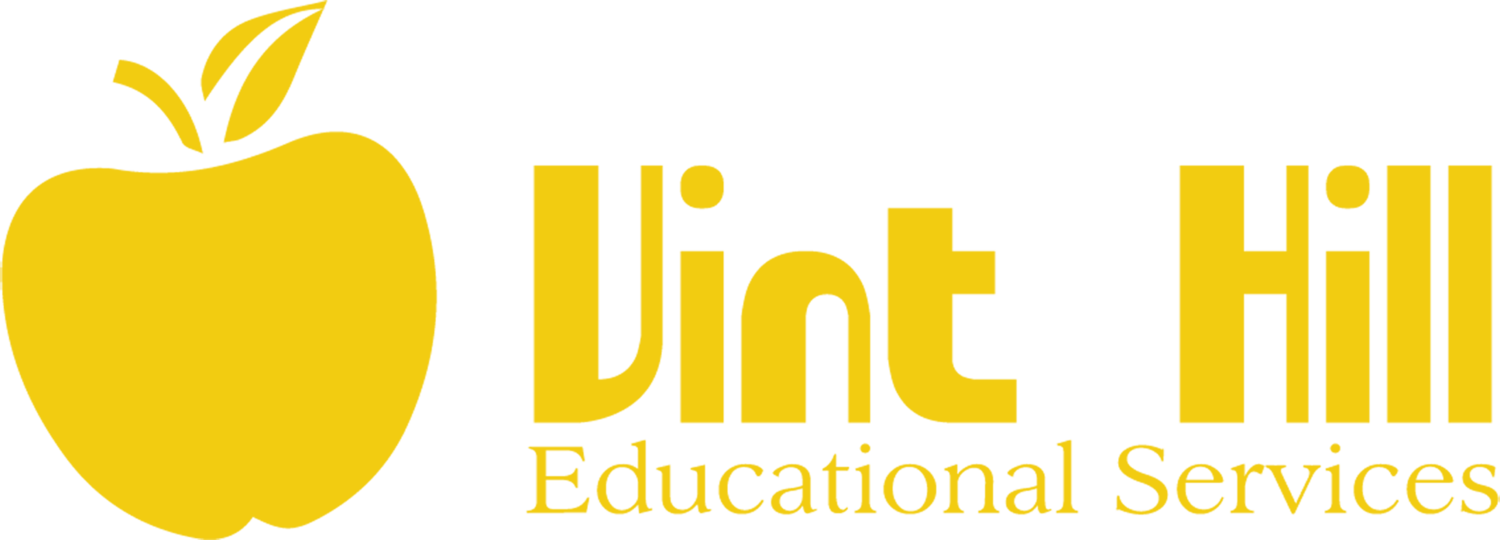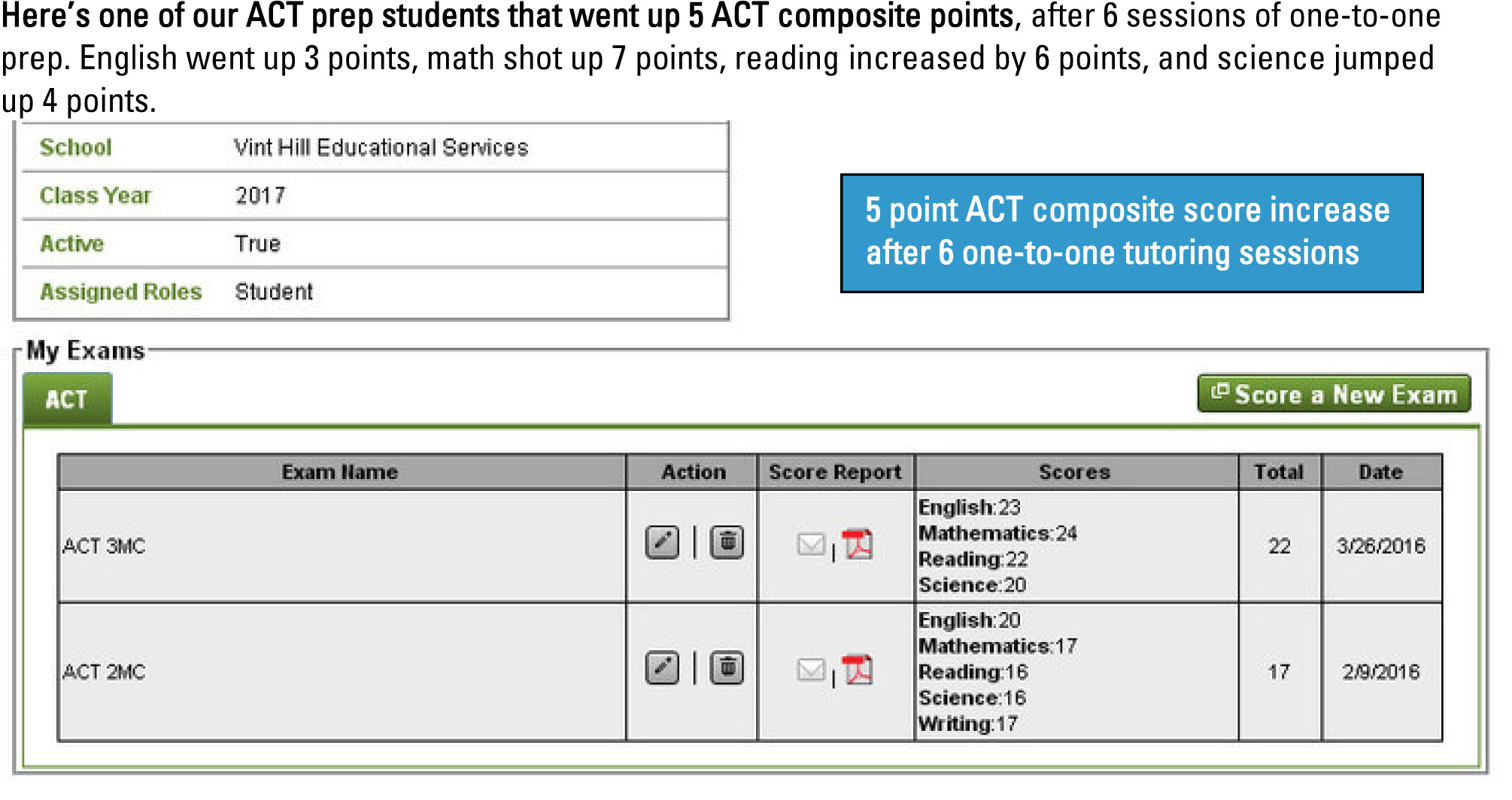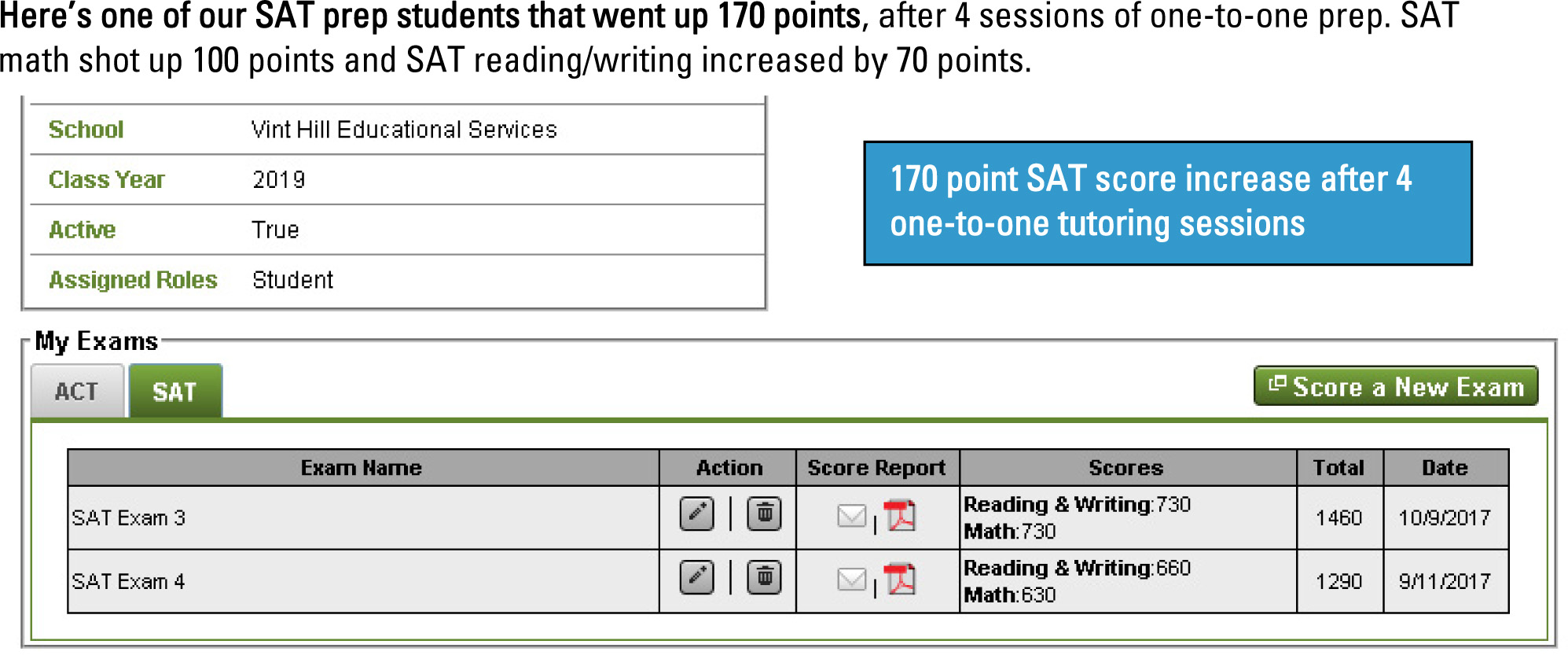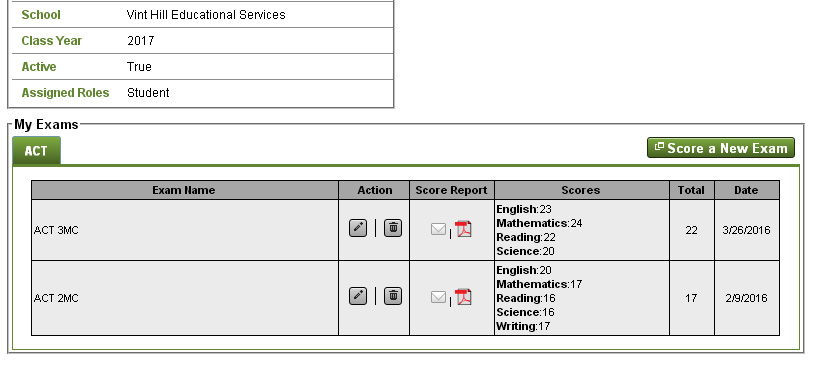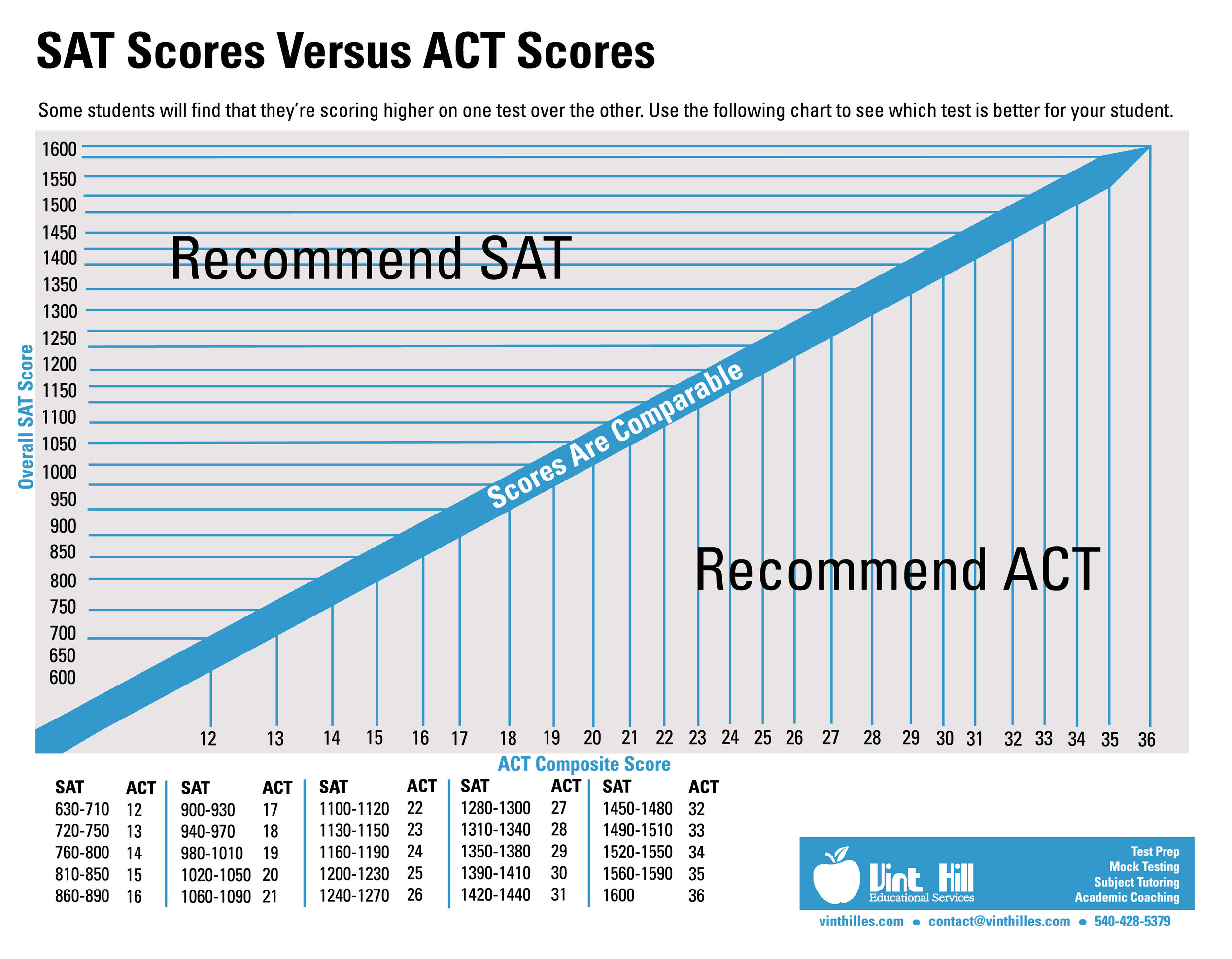Organizing your homework is a great way to improve your grades. One successful way to do this is to incorporate a color coding system into your homework routine.
Here are the steps:
1. Get a set of inexpensive supplies arranged by color.
You may want to start with a pack of colored highlighters, then find folders, notes, and various stickers to match them.
• Folders
• Sticky notes
• Highlighters
• Round stickers
• Labels
• Flags
2. Select a different color for each class. For example, you may want to use the following system:
• Orange=US History
• Green=Algebra
• Red=Chemistry
• Yellow=English
• Blue=Health
• Pink=Marketing
3. Create a connection between the color and the class. Here's a good starting suggestion, you might relate the color green to money or plant life. This may make you think about math subjects or biology class. Try to relate a few colors to some of your classes. The connection will be clear in your mind after a few days.
4. Pocket folders: Use each folder to keep track of homework for each class. The type of folder isn't important; just use the type that is best for you. Sometimes your teacher will recommend a specific folder.
5. Notes work well when it comes to researching articles. You can note down book and article titles, phrases, passages, comments, and such, to use in your paper, including bibliographical citations. Keep standard manila notes if you can't carry multiple packages of colored sticky notes. Use different colored pens in order to keep track of each class.
6. Flags are for marking pages or reading assignments. Place a colored flag at the beginning and ending pages for each assignment. You can also use flags for marking dates in your organizer. Place a flag on a date when an assignment is due. You can use different colors for your various classes. You'll have an everyday reminder that a due date is approaching.
7. Highlighters should be used when reviewing your notes. During a lecture, take notes like you usually do and be sure to include the date in your notebook. Once you get home, look over and highlight using different colors. You can breakdown the colors by subject, information type, or relevance. If your papers get jumbled up (or never get put into your classroom folder) you can recognize them by the highlights.
8. Round stickers are great for your wall calendar. Be sure to keep a calendar in your room or in the kitchen, and place a color-coded sticker on the day that an assignment is due. For instance, on the day you receive a research paper assignment in history class, you should place an orange sticker on the due date. This way, everyone can see an important day approaching, even at a glance.
Contact us to learn more about Academic Coaching. Our tutors will make sure you stay on track and on top of your assignments! We have coaches in Northern VA, Richmond VA, Fredericksburg VA, Bethesda MD, and Washington DC.
